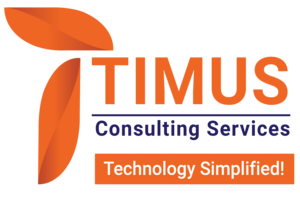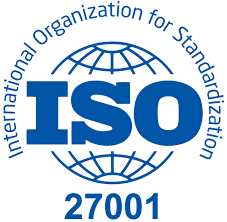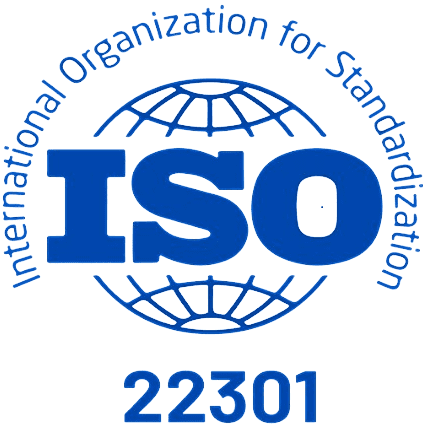Introduction
In today’s digital landscape, where data breaches and regulatory compliance are constant concerns, mastering access control within Governance, Risk, and Compliance (GRC) frameworks is paramount for organizations. Effective access control ensures that only authorized individuals have access to critical systems, data, and resources, mitigating the risk of unauthorized access, data breaches, and compliance violations.
Understanding Access Control in GRC
Access control in GRC refers to the processes, policies, and technologies implemented to manage and regulate access to sensitive information and resources within an organization. It encompasses various aspects, including:
Authentication:
Verifying the identity of users attempting to access systems or data through methods such as passwords, biometrics, and multi-factor authentication.
Authorization:
Granting or denying access rights to users based on their roles, responsibilities, and the principle of least privilege, which ensures individuals have only the access necessary to perform their job functions.
Accounting:
Logging and monitoring user activities to track who accessed what resources, when, and from where, enabling organizations to detect suspicious behavior and maintain audit trails for compliance purposes.
Best Practices for Access Control in GRC
To establish robust access control within GRC frameworks, organizations should adhere to best practices, including:
1. Role-Based Access Control (RBAC)
Implement RBAC to assign permissions based on job roles. This simplifies access management and reduces the risk of unauthorized access by ensuring that users only have access to the information necessary for their roles.
2. Regular Access Reviews
Conduct periodic reviews of user access rights to ensure they align with current job responsibilities and organizational policies. Promptly revoke any unnecessary privileges to maintain security.
3. Segregation of Duties (SoD)
Enforce SoD policies to prevent conflicts of interest and reduce the risk of fraud. This involves separating incompatible duties among different individuals or departments.
4. Strong Authentication Mechanisms
Employ robust authentication methods such as biometrics, smart cards, and one-time passwords. These enhance security and mitigate the risk of unauthorized access due to compromised credentials.
5. Continuous Monitoring and Reporting
Utilize advanced monitoring tools and generate comprehensive reports to proactively identify anomalies, security incidents, and compliance violations. This enables timely remediation and reporting.
Leveraging Technology for Access Control in GRC
Modern access control solutions leverage advanced technologies to streamline access management and enhance security within GRC frameworks. Key technologies include:
1. Identity and Access Management (IAM) Platforms
IAM platforms centralize access management, providing administrators with tools to define, enforce, and monitor access policies across the organization’s IT infrastructure.
2. Privileged Access Management (PAM) Solutions
PAM solutions secure privileged accounts and credentials. They offer features such as session monitoring, password rotation, and just-in-time access to mitigate the risk of insider threats and credential theft.
3. Behavioral Analytics
Behavioral analytics tools analyze user behavior patterns to detect deviations from normal activity. This helps organizations identify potential security incidents and insider threats.
4. Blockchain Technology
Blockchain-based access control solutions offer decentralized and immutable access management. This enhances security, transparency, and auditability within GRC frameworks.
Conclusion
Access control plays a crucial role in safeguarding sensitive information, mitigating risks, and ensuring compliance within Governance, Risk, and Compliance frameworks. By adopting best practices and leveraging advanced technologies, organizations can establish robust access control mechanisms that protect their assets, maintain regulatory compliance, and foster a culture of security and trust.
Implementing these strategies will not only protect your organization but also enhance your reputation as a secure and compliant entity in the digital age. Invest in your access control measures today to secure a safer tomorrow.
About us:
We are Timus Consulting Services, a fast-growing, premium Governance, Risk, and compliance (GRC) consulting firm, with a specialization in the GRC implementation, customization, and support.
Our team has consolidated experience of more than 15 years working with financial majors across the globe. Our team is comprised of experienced GRC and technology professionals that have an average of 10 years of experience. Our services include:
- GRC implementation, enhancement, customization, Development / Delivery
- GRC Training
- GRC maintenance, and Support
- GRC staff augmentation
Our team:
Our team (consultants in their previous roles) have worked on some of the major OpenPages projects for fortune 500 clients across the globe. Over the past year, we have experienced rapid growth and as of now we have a team of 15+ experienced and fully certified OpenPages consultants, OpenPages QA and OpenPages lead/architects at all experience levels.
Our key strengths:
Our expertise lies in covering the length and breadth of the IBM OpenPages GRC platform. We specialize in:
- Expert business consulting in GRC domain including use cases like Operational Risk Management, Internal Audit Management, Third party risk management, IT Governance amongst others
- OpenPages GRC platform customization and third-party integration
- Building custom business solutions on OpenPages GRC platform
Connect with us:
Feel free to reach out to us for any of your GRC requirements.
Email: [email protected]
Phone: +91 9665833224
WhatsApp: +44 7424222412
Website: www.Timusconsulting.com





